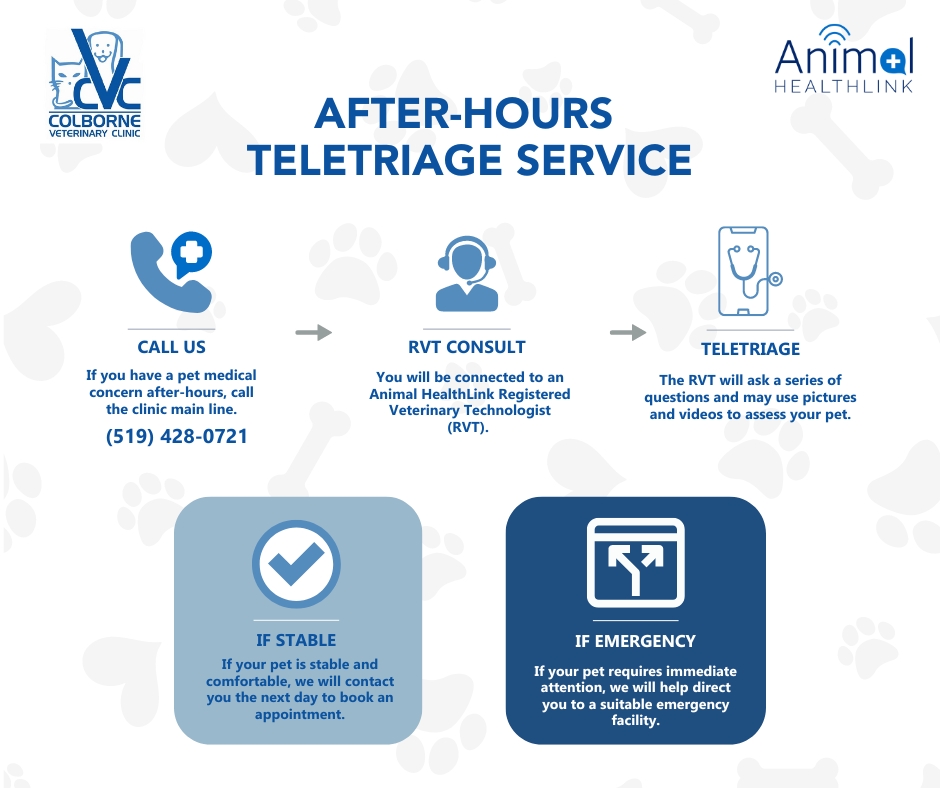Library
-
Sildenafil is given by mouth or injection and is used off label to treat high blood pressure in the lungs or to treat megaesophagus. Give as directed. Side effects are uncommon but may include vomiting, diarrhea, decreased appetite, or skin redness in the groin area. Do not use in pets that are allergic to it or pets that take nitrate medications. If a negative reaction occurs, please call your veterinarian.
-
The Silky is truly a terrier; thus, they can be scamps, scattering laundry about the house, staring down the pet guinea pig in its cage, barking a welcome or warning to all who walk down the street. Yet, they can be charming, fun and great companions.
-
Silver sulfadiazine topical is an antimicrobial used to treat skin infections and burns in cats, dogs, and exotic pets. It is used off label in veterinary medicine. Silver sulfadiazine topical comes in a topical cream.
-
A biopsy is one of the more common diagnostic procedures performed in cats. Biopsies provide valuable insight into the type of cells in an abnormal area of skin or a skin growth and whether the growth poses a more serious health threat to your pet. Either the entire mass or a small representative section of skin is removed and submitted to a veterinary pathologist, who will perform a histopathology analysis. The pathologist will attempt to determine the nature of the lesion, identify the type of cells and their relationship to each other, as well as any evidence of malignancy.
-
A biopsy is one of the more common diagnostic procedures performed in dogs. Biopsies provide valuable insight into the type of cells in an abnormal area of skin or a skin growth and whether the growth poses a more serious health threat to your pet. Either the entire mass or a small representative section of skin is removed and submitted to a veterinary pathologist, who will perform a histopathology analysis. The pathologist will attempt to determine the nature of the lesion, identify the type of cells and their relationship to each other, as well as any evidence of malignancy.
-
Ferrets commonly develop skin diseases, including infections with parasites (fleas, mites, ticks), bacteria, viruses (distemper), and fungus (ringworm). They are also subject to both benign and malignant tumors, including mast cell tumors. Adrenal tumors also cause hair loss and itchy skin in ferrets. All skin problems should be brought to the attention of your veterinarian, who will recommend the most appropriate treatment for the specific problem.
-
Skunks spray volatile compounds from their anal sacs if they feel threatened by a potential predator such as a dog. If sprayed in the face your dog may need veterinary care, as corneal damage can occur if sprayed in the eyes, and vomiting, diarrhea, or anemia can result if sprayed in the mouth.
-
Still the strong diggers with good hearing and good sense they were originally bred to be, Skye Terriers think for themselves and do their jobs without instruction. Crackerjack vermin hunters, personal guardians, and devoted companions, Skyes take life seriously and won't give up or give in when they think it's important.
-
Slippery elm is given by mouth and is used over the counter to treat cough and stomach upset. Give as directed by your veterinarian. There are no known side effects. Do not use in pets that are allergic, pregnant, or nursing. If a negative reaction occurs, please call your veterinary office.
-
Smoke inhalation injuries are caused by a combination of heat and airborne toxins. Clinical signs of smoke inhalation vary, depending on the materials contained within the smoke and how much smoke the cat inhales. Common signs include coughing, shortness of breath, eye injuries, and burns. Neurologic signs can also occur, especially in cases of carbon monoxide inhalation. Treatment typically involves oxygen therapy and other supportive care measures.


